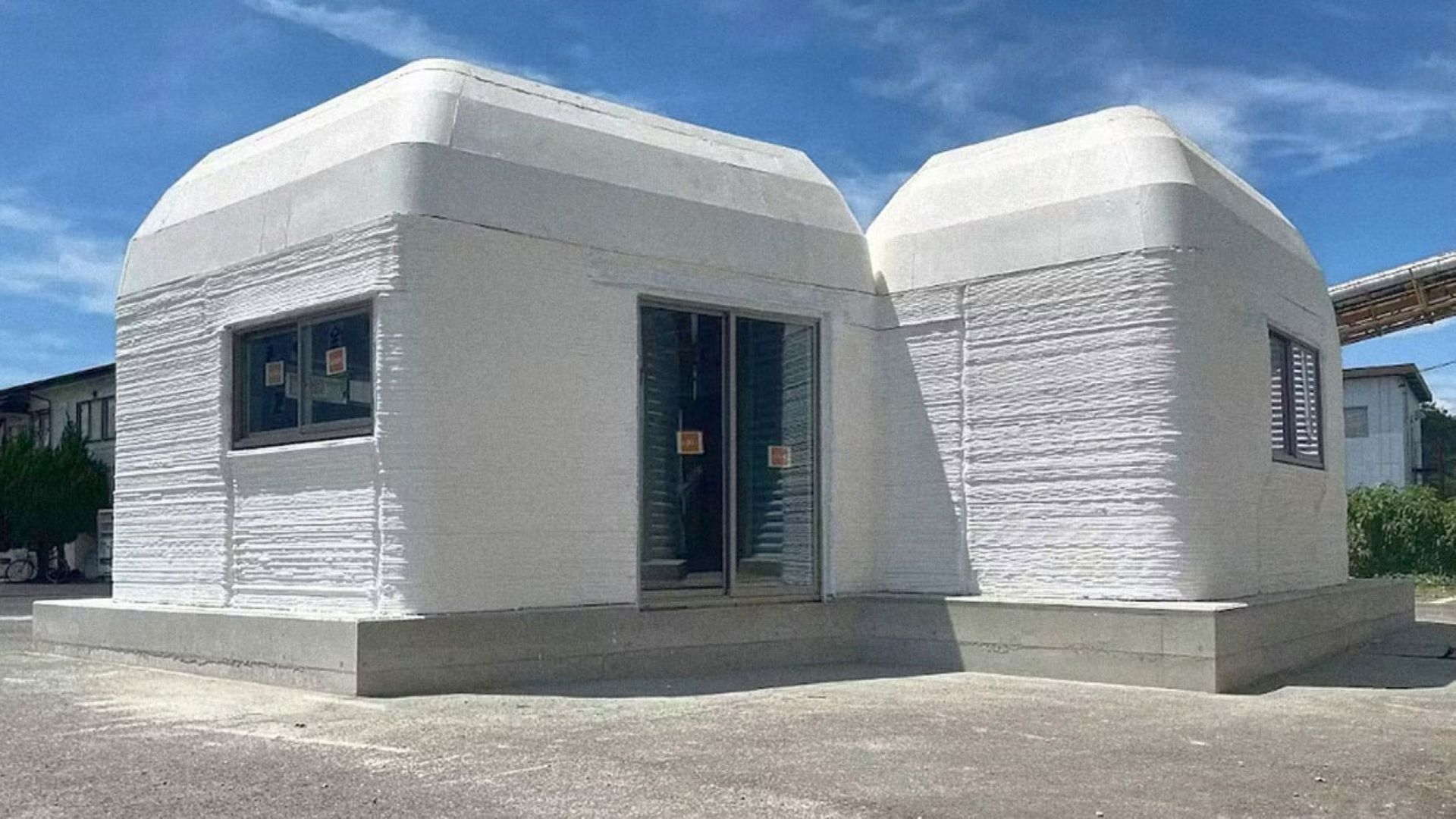The older machines had a lot more options with G code. Now they are extras you have to pay for. Some of them still work on the newer machines without the options being turned on by the manufacturer. For instance IF and GOTO statements etc. All the older machines would take these codes, the new machines the option has to be turned on and you pay for it. You could use all those codes to do part counts, stop the machine after the tool has been run x amount of times, stuff like that. OKUMAS always came with all the options still intact and not have to be paid for. Using OKUMAS ability to assign the work offsets as variables one never had to write subprograms and you could start or end on any part on the table you wanted. CADCAM can't write that kind of code. Many times I would write the code with MASTERCAM and then massage it to work on the OKUMAs the way I wanted it to. OKUMAS also had the best graphics dry run of all controllers. Most of them look like snail tracks and if you are not familiar with them and how to set the controllers to read the pertinent information, they are basically worthless to a machine operator.





